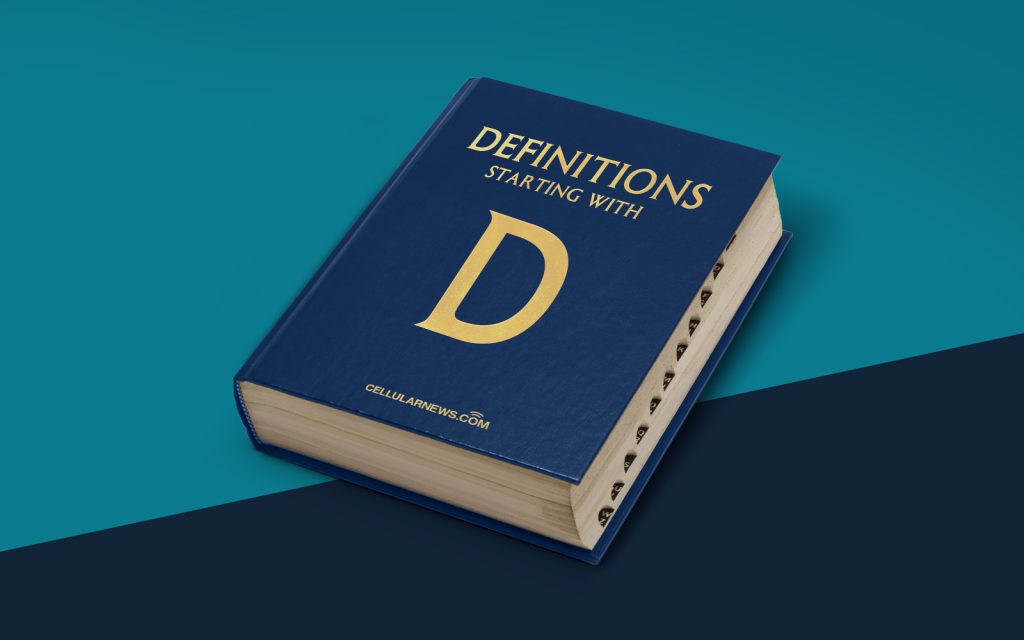
Understanding Decimal To Hexadecimal (D2X)
Have you ever wondered what decimal to hexadecimal conversion is all about? In the world of computing and programming, this process is a fundamental concept to understand. In this article, we will unravel the mysteries of decimal to hexadecimal conversion and explore its implications in the digital realm.
Key Takeaways
- Decimal to hexadecimal conversion is the process of converting a number from decimal (base 10) to hexadecimal (base 16).
- Hexadecimal numbers use the digits 0 to 9 and the letters A to F to represent numbers from 0 to 15.
What is Decimal To Hexadecimal Conversion?
In the realm of computer systems, numbers are typically represented in binary form. However, binary numbers can be difficult for humans to read and interpret. This is where decimal and hexadecimal numbers come into play, offering a more human-friendly representation.
Decimal numbers are numbers that we are most familiar with in our daily lives, using a base 10 system with digits ranging from 0 to 9. On the other hand, hexadecimal numbers use a base 16 system, with digits ranging from 0 to 9 and letters A to F. The letter A represents 10, B represents 11, and so on, up to F representing 15.
The process of converting a decimal number to a hexadecimal number, also known as D2X conversion, involves dividing the decimal number by 16 repeatedly and noting the remainders. The remainders are then combined to form the hexadecimal representation of the original decimal number.
For example, let’s convert the decimal number 255 to hexadecimal:
- Divide 255 by 16:
- Quotient = 15
- Remainder = 15 (which corresponds to the letter F in hexadecimal)
- Divide the quotient (15) by 16:
- Quotient = 0
- Remainder = 15 (which corresponds to the letter F in hexadecimal)
Therefore, the decimal number 255 is equal to FF in hexadecimal. This conversion allows us to represent a decimal number in a more compact and readable form for various applications, such as memory addresses, color codes, and bitwise operations.
Advantages of Decimal To Hexadecimal Conversion
Decimal to hexadecimal conversion offers several advantages in the computing world. Let’s explore some of the key benefits:
- Compact Representation: Hexadecimal numbers can represent a larger range of values in a more concise manner compared to decimal or binary. This makes hexadecimal suitable for various applications where efficiency and compactness are important.
- Easy Conversion: Converting numbers between decimal and hexadecimal is relatively straightforward, making it easy for programmers and engineers to work with different number systems. In addition, the hexadecimal system aligns well with binary systems, as each hexadecimal digit corresponds to a group of four binary digits (bits).
In conclusion, decimal to hexadecimal (D2X) conversion is an important concept in the world of computing. It allows us to represent numbers in a more readable and compact form, making it easier for humans to interpret and work with. So, the next time you come across D2X, you’ll have a better understanding of what it means and its significance in the digital realm.
